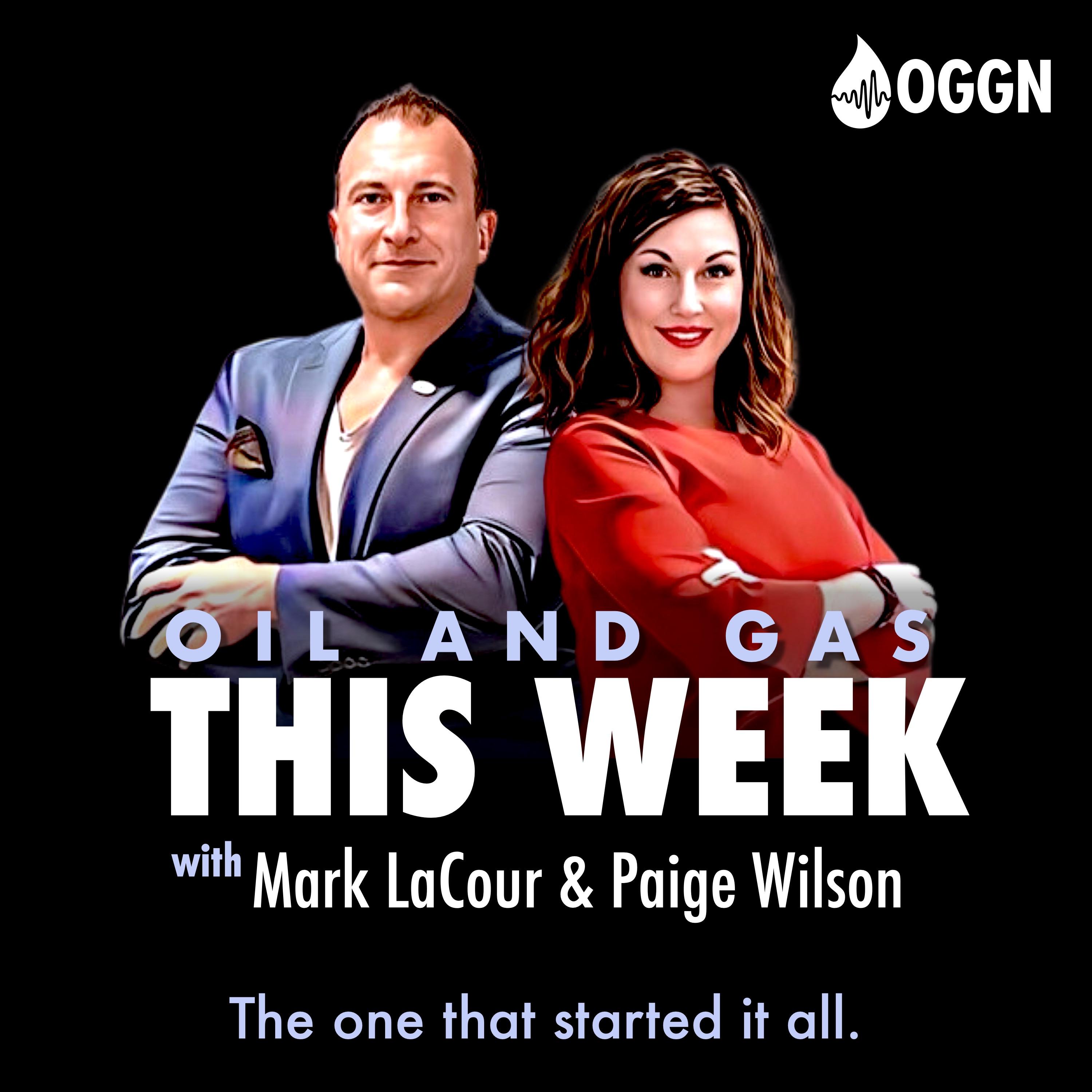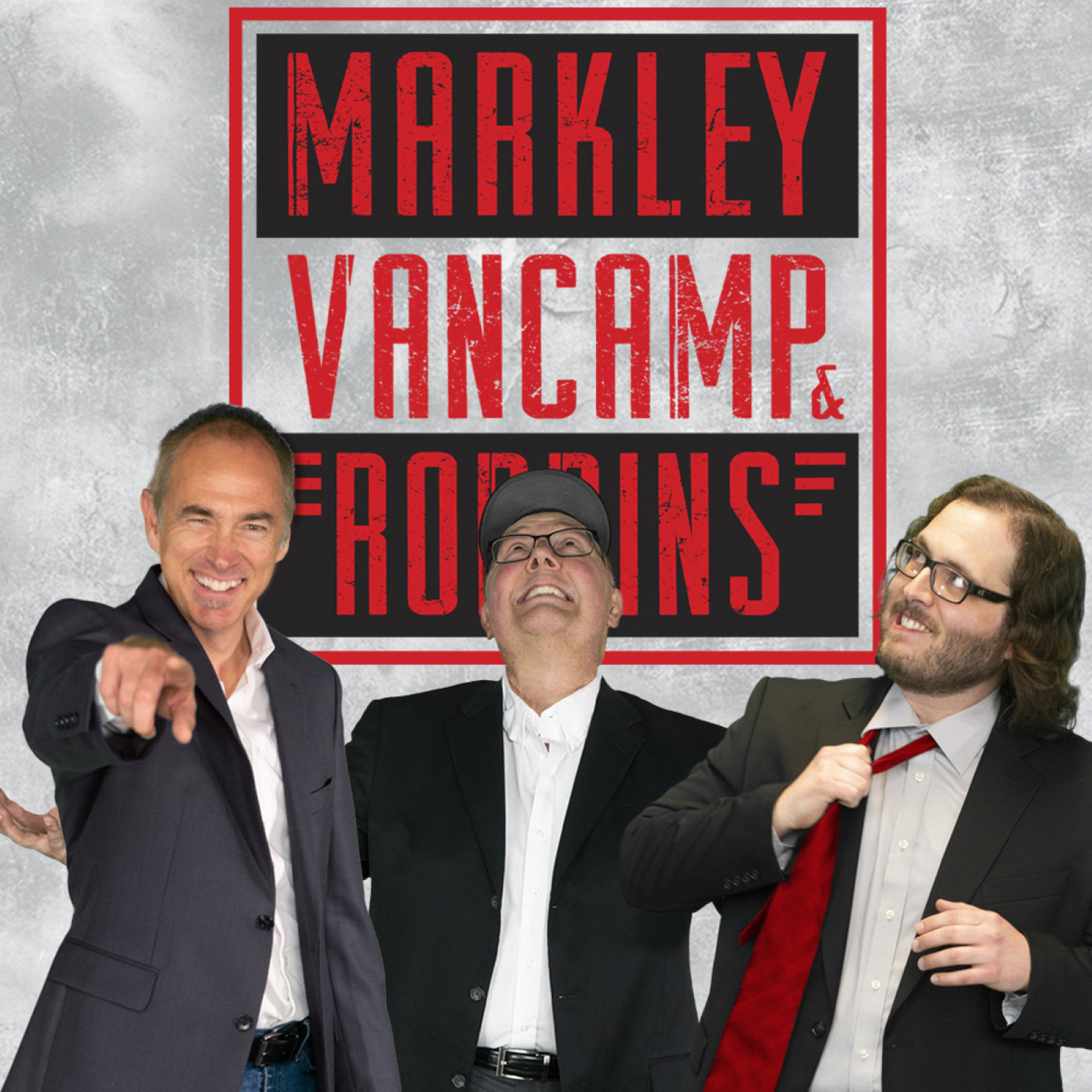
The Crude Cast
Welcome to The Crude Cast, the podcast that takes you behind the scenes of the oil and gas industry. Whether you're a seasoned professional or exploring the industry for the first time, our podcast offers a unique window into the diverse roles, challenges, and opportunities within this dynamic field.
In each episode, we dive deep into:
- Expert Interviews: Conversations with industry leaders, innovators, and experts who share their knowledge and experiences on effective communication, teamwork, and leadership.
- Real-World Stories: Relatable accounts from the field that highlight the essential soft skills needed to thrive in the oil and gas sector.
- Educational Insights: Practical advice and strategies for improving collaboration, navigating tough conversations, and fostering a positive work environment.
- Industry Exploration: Discover the varied and often overlooked roles within the industry, and gain insights into how each contributes to the broader picture.
Our mission is to educate, inspire, and entertain by showcasing the people and processes that make the oil and gas industry tick. Whether you're looking to sharpen your skills, learn about new opportunities, or simply enjoy engaging stories, The Crude Cast has something for you.
Subscribe and join us on this journey as we uncover the rich tapestry of the oil and gas world, one story at a time.
The Crude Cast
Ep. #2 - Embracing Transparency in Work place Safety
In a thriving safety culture, communication is the linchpin that holds it all together. From top-level managers to the newest hires, every member of the organization has a role to play in maintaining safety standards. This blog post explores the key elements of building and sustaining an open and effective safety culture. It all begins with clear communication, a well-defined safety policy, and comprehensive training.
Visit:
🌐 www.crudecommunication.com
📺 www.youtube.com/@crudecommunication
💼 www.linkedin.com/in/travismcc
📖 Buy Crude Communication on Amazon
Send us a voice mail HERE!
Support the show for as little as 3$!
n a high-functioning safety culture, open communication is the linchpin. It's a place where everyone feels empowered to voice their safety concerns and hazards, confident that their input will be taken seriously and acted upon promptly. Building this positive environment hinges on effective communication, ensuring that every member of the organization knows their role in maintaining safety standards – from the newest hire to the top-level managers.
Establishing clear lines of communication begins with a well-defined safety policy, regularly communicated throughout the organization. Alongside this, comprehensive safety training is crucial, evolving alongside changing processes and procedures. Training can take various forms, including classroom sessions, online modules, and hands-on learning experiences.
However, knowing the rules is just the first step. When safety incidents occur, thorough investigation is vital. It's essential to dig deep, uncover the root causes, and take measures to prevent similar incidents in the future. Sometimes, for smaller issues, a formal crew debriefing can be the key to understanding what went wrong.
Once you've dissected the concern, the question remains: what's next? Ideally, your entire team has been part of this process, providing a list of potential improvements. Implementing these changes could involve altering procedures, enhancing training, or making physical modifications at the worksite. Accountability and follow-up are crucial to ensure these changes have their intended impact.
For employees to engage fully in this safety culture, they need to feel that supervisors and managers are approachable and receptive to their concerns, no matter how minor they may seem. Encouraging a culture of reporting begins with providing reporting systems, making it easy for employees to share their worries and ensuring follow-up on all reports.
When employees feel confident bringing hazards to their supervisors' attention, it goes a long way in preventing accidents and injuries. This communication flows both ways and has far-reaching effects on the organization, leading to increased employee morale and productivity. Engaged employees also mean reduced costs due to fewer accidents and injuries, heightened contractor satisfaction, and an enhanced organizational reputation.
But what else can be done to foster this positive safety culture? Consider initiating a 'hazard hunt.' It's a fantastic way to engage employees and keep them focused on safety. Invite fresh eyes from other locations to examine your area and celebrate employees' innovative solutions to address hazards. Recognition for safety achievements, including awards and commendations, is another powerful motivator.
Ultimately, creating a high-functioning team that channels critical information to those who can act upon it is the essence of effective communication in the realm of safety. It's a culture where everyone has a voice, and that voice plays a pivotal role in ensuring the well-being of all.








